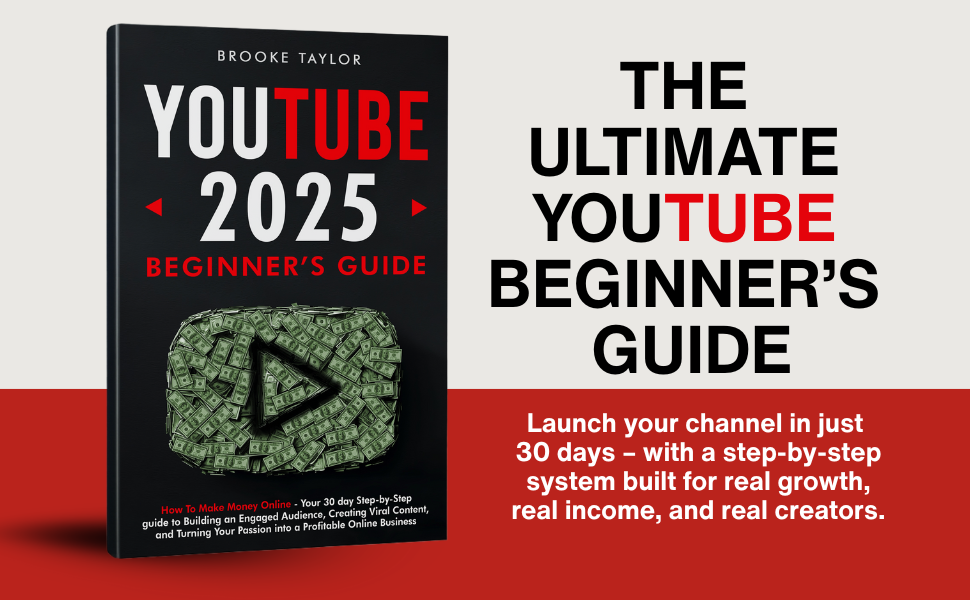Start a Community Business With Zero Tech Skills
When I first wanted to start a community business, I was overwhelmed. I thought I needed to be a tech expert, hire developers, and use a bunch of complicated tools just to get started.
But the truth is, you can start a profitable community business with zero tech skills if you use the right platform and keep things simple.
In this post, I’ll show you exactly how I built my own community business without any coding, fancy funnels, or complicated setups.

Table of Contents
Step 1: Understand What a Community Business Is
A community business is a space where people pay to be part of a group with shared goals, access to you, and exclusive resources.
Instead of relying on one-off sales or social media algorithms, you build a predictable income stream by offering connection and value in one central place.
Step 2: Choose the Right Platform
This is where most people get stuck. They try to piece together multiple tools: Facebook Groups, email software, course platforms, payment processors, and more.
That’s why I use Skool.
Skool makes it ridiculously easy to start a community business because it combines:
- A community feed for conversations
- A classroom for lessons and resources
- A calendar for events and coaching calls
- Built-in Stripe payments so you can charge monthly or yearly
If you want to launch your community without tech headaches, sign up for Skool here: click this link to create your group now.
Step 3: Define the Transformation You Offer
People don’t just pay to join a group — they pay for the result the group helps them achieve.
Ask yourself:
- What problem will my community help solve?
- What goal will members achieve by being part of it?
- Why is this community the best way to get there?
The clearer you are on the transformation, the easier it will be to attract paying members.
Step 4: Invite Your First Members Personally
You don’t need a big audience to start. I launched my first community with just 8 members by reaching out personally.
Invite past clients, followers, and people who’ve shown interest in your content. Offer them a special “founding member” price to join.
Step 5: Engage and Deliver Value
Once members join, keep them engaged with regular posts, live calls, and updates. Skool makes this simple because you can post directly in the community feed and add resources to the classroom.
Your goal is to help members get results and feel connected so they stay subscribed month after month.
Why This Works (Even With Zero Tech Skills)
Starting a community business used to be complicated, but now it’s simple. You don’t need coding, a big email list, or fancy funnels.
Skool gives you all the tools you need in one place so you can focus on helping your members instead of fighting with tech.
Final Thoughts
Don’t let tech fears hold you back from building a business that gives you recurring income and the ability to impact others.
Here’s what I recommend you do today:
- Decide what transformation your community will deliver
- Sign up for Skool here and set up your group
- Invite your first 5–10 members personally and start delivering value
You’ll be amazed at how simple it is to launch a community business — even with zero tech skills.
When I first had the idea to launch a community business, I kept putting it off because I thought I needed to know coding, graphic design, and complicated software integrations. But the truth is, you don’t need any of that. You just need the right platform and a willingness to start small.
The key to building a successful community business is simplicity. When you try to juggle multiple tools, you waste time and get frustrated. That’s why I switched to Skool. It gave me everything I needed — all in one place — so I could focus on helping my members instead of fighting with tech.
If you’re ready to launch your community the easy way, sign up for Skool here: click this link to create your group now. You can set it up in less than an hour.
When I launched my first group, I didn’t have a huge audience. I invited a handful of people who had already engaged with my content and offered them a special founding member price. Those first members gave me testimonials and referrals that helped the group grow organically.
I also focused on creating a great experience for my members. Every week, I posted helpful tips, hosted live Q&A calls, and updated the classroom with new resources. When people feel like they’re getting consistent value, they stick around month after month.
Another thing that surprised me was how easy it was to collect payments with Skool. The built-in Stripe integration meant I didn’t have to set up complicated payment gateways or invoicing systems. Members paid automatically each month, which gave me predictable recurring income.
Engagement is the lifeblood of a community business. That’s why I love Skool’s leaderboard feature, which rewards members for participating. It creates a fun, competitive environment that keeps people active and involved.
Here’s what you can do this week to launch:
- Define the transformation your community offers
- Sign up for Skool here and set up your group
- Add a welcome post and one piece of valuable content in the classroom
- Personally invite 5–10 members who would benefit most
Don’t wait for the “perfect time.” If you can get a small group of people to join and engage, you can scale from there.
Another tip is to keep your pricing simple at the start. Offer a low “founding member” price to make it easy for people to join. As your community grows and you add more value, you can raise your price with confidence.
Finally, remember that you don’t need fancy funnels or a big email list to make this work. You just need to start. Your first version doesn’t have to be perfect — you can improve it as you go.
Click here to sign up for Skool now: launch your community business today. Once you see how simple it is to set up, you’ll wonder why you didn’t start sooner.






